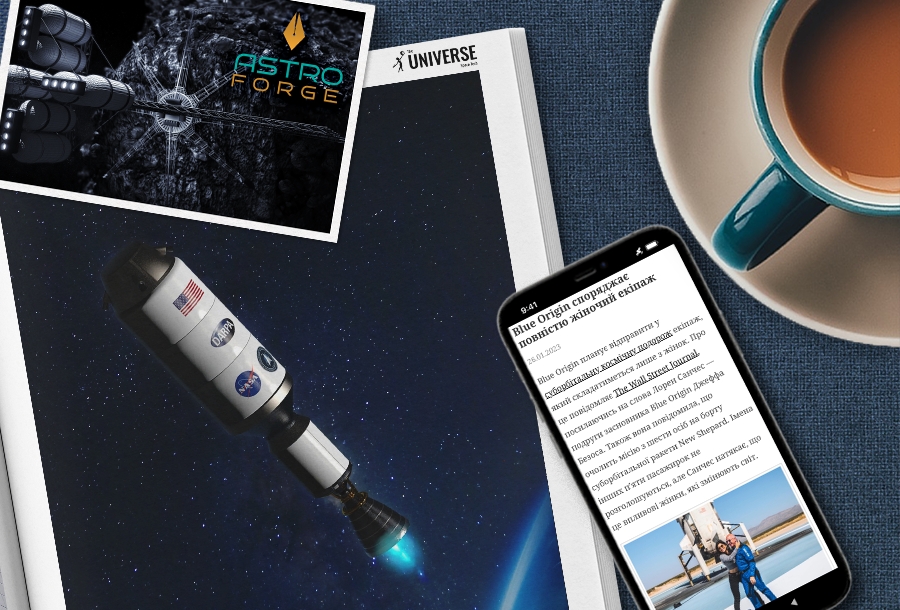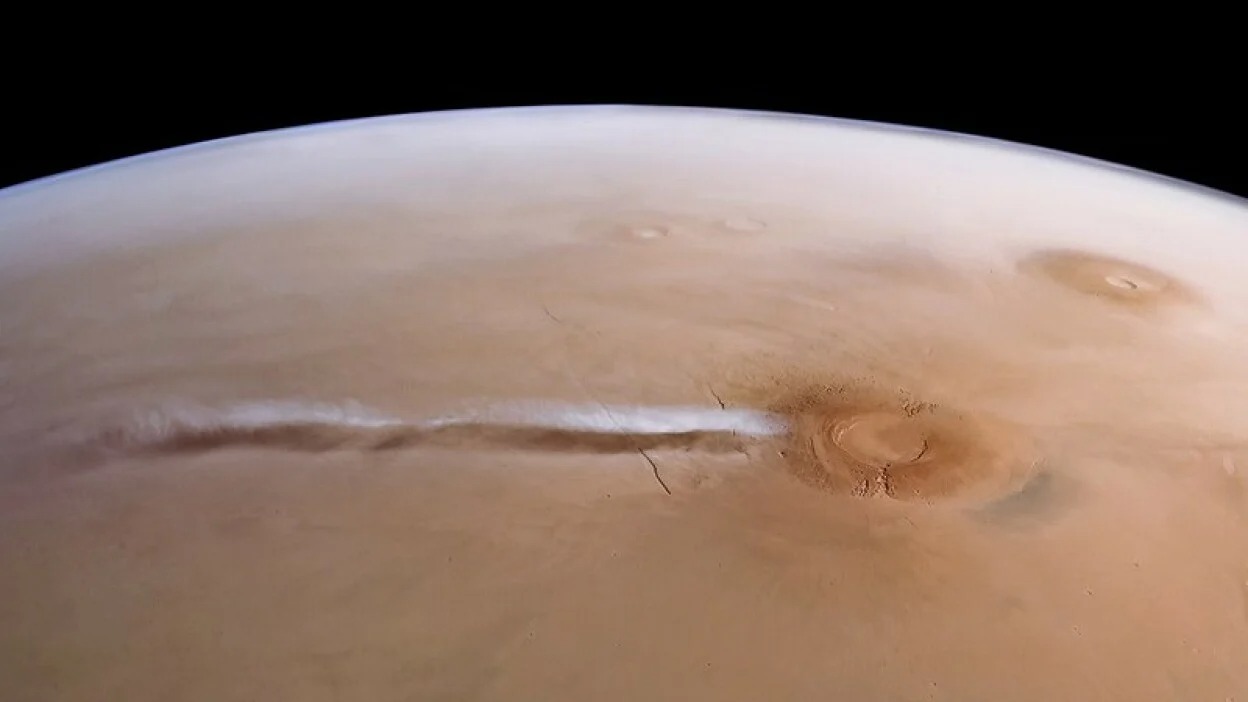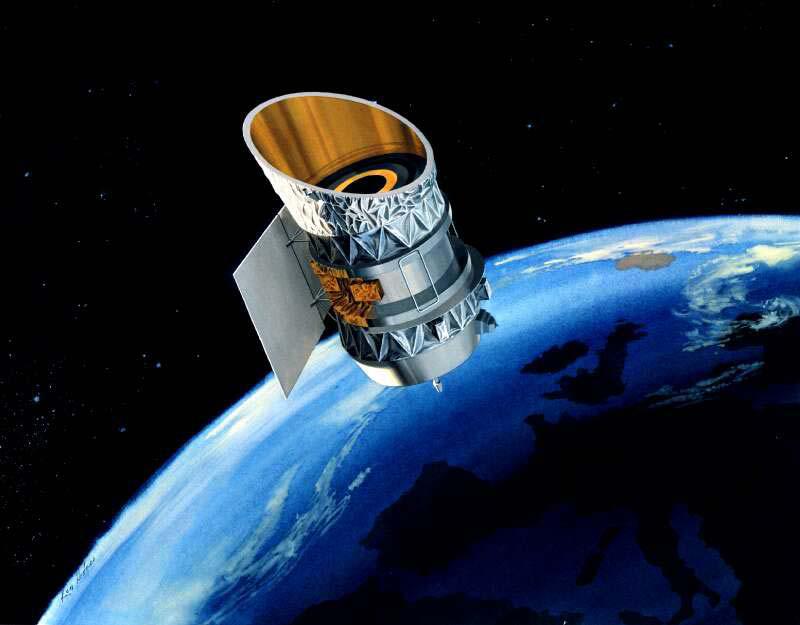Selection of the most interesting space news for the week: The Earth’s core may begin to rotate in the opposite direction; an American startup is preparing the first platinum mining mission on asteroids, and we are talking about the progenitor of the legendary James Webb Telescope.

“I learned very early the difference between knowing the name of something and knowing something.”
― Richard P. Feynman
Earth’s core may have changed its rotation
The Earth’s core rotates slightly faster than the rest of the planet. However, in a newly published study, scientists claim that around 2009, this phenomenon stopped. Однако с таким утверждением согласились далеко не все ученые. For example, in 2022, scientists from the University of Southern California studied seismic waves generated by nuclear tests in 1969 and 1971 and came to the conclusion that during this period of time the inner core rotated even slower than the mantle, and accelerated later.
Scientists claimed that in 2009, the accelerated rotation of the inner core in relation to the mantle disappeared. This did not mean that it stopped rotating altogether, but only began to rotate at the same speed as the rest of the planet. Moreover, there is evidence that the rotation speed of the core will soon even become less than in the mantle. Depending on the point of reference, it could even be interpreted so that the core of the Earth began to rotate in the opposite direction.
Russian space intelligence collapses under the influence of international sanctions
The space intelligence of the Russian Federation has collapsed due to international sanctions, the production of key elements has been stopped due to a shortage of foreign-made electronics. After Russia’s full-scale invasion of Ukraine, the joint-stock company “Information Satellite Systems Reshetnev” came under international sanctions. According to the military intelligence of Ukraine, at the facilities of the strategically important enterprise of the defense industry for the enemy, Russian designers and scientists, among other things, are developing the so-called “big eyes” — means of conducting space intelligence. We are talking about the absence of hundreds of thousands of components of equipment for space modules. As a result, the planned deadlines for the completion of research work of these space intelligence complexes have been disrupted and postponed for several years.
Blue Origin equips an all-female crew
Blue Origin plans to send a crew consisting exclusively of women on a suborbital space journey. This is reported by The Wall Street Journal, referring to the words of Lauren Sanchez, a friend of Blue Origin founder Jeff Bezos. She also announced that she would lead a six-person mission aboard the New Shepard suborbital rocket. The names of the other five passengers are not disclosed, but Sanchez hints that these are “influential women changing the world”. The launch date remains confidential. But Lauren Sanchez, who was both a media personality and a qualified helicopter pilot, said she hoped to visit the border with space early next year.
AstroForge is preparing the first platinum mining mission on asteroids
An asteroid mining startup called AstroForge is preparing to launch two missions into space as early as April this year. This will be the first attempt to extract valuable resources from space rocks. The spacecraft will be launched by the SpaceX Falcon 9 rocket. AstroForge also clarifies that during the first mission it is not planned to land on an asteroid and start mining fossils. In turn, the mission will include testing ways to purify platinum from asteroid materials in space.
Nuclear rocket from NASA and DARPA to fly into space in 2027
NASA plans to construct the first operational rocket with a nuclear engine. The project was presented by NASA Administrator Bill Nelson on January 24 during a presentation at the scientific and technical forum and exhibition of the American Institute of Aeronautics and Astronautics (AIAA). Nelson said that the nuclear rocket will be built jointly with the Pentagon’s Defense Advanced Research Projects Agency (DARPA).
The program is aimed at developing a nuclear thermal engine used on the experimental spacecraft NTR (X-NTRV). DARPA will develop a nuclear reactor and an engine for a nuclear rocket, which the agency and NASA hope to launch as early as 2027. Nelson sees partnering with DARPA to use advanced engines for flights to Mars. Moreover, the flight to the Red Planet on such a power plant will take only 45 days.
Photo of the week

The British Antarctic Survey announced the formation of a new huge Antarctic iceberg. It broke away from the Brunt ice shelf on January 22, 2022. Новорожденный айсберг получил обозначение А-81. Its thickness is 150 meters and its area is 1,550 km2. This is almost five times more than the area of the island of Malta. The European Sentinel-2 satellite has already photographed an iceberg, so far drifting off the Antarctic coast in the Weddell Sea.
Interesting figure — 1770 km

Every year in the spring, a huge cloud appears in the atmosphere of Mars, which would occupy an area of 2/3 of Ukraine. It is believed that it is the longest of its kind in the Solar System, because it has a length of 1770 km. As it turns out, the cloud creates an extinct volcano. The ancient mountain, once spewing lava, is about 430 km wide at the base and rises 17 km into the sky. Its size surpasses Mauna Loa – the largest volcano on Earth, which height is 4169 m.
When spring comes in the south of Mars, the air in the area of the volcano begins to warm up to 12 °C. The ice in the crater of the volcano begins to evaporate rapidly and condense in a dry atmosphere at an altitude of 45 km. This condensate is picked up by the wind, which inflates it at a speed of 20 m/s. Thus, an extended haze is formed, creating a thin tail over the top of the mountain, like smoke from a steam train. It stretches for almost 2 thousand km, and then disappears under the warm sunlight in a matter of hours.
Something to read on the weekend

On January 25, 1983, the Delta rocket was launched from the Vandenberg Space Force Base. It put the IRAS device into Earth orbit — the first infrared space telescope in history. Commemorating the 40th anniversary of the event, we would like to tell the story of the creation and legacy of this project, which can well be called the forefather of the legendary James Webb.
Follow us on Twitter to get the most interesting space news in time
https://twitter.com/ust_magazine

